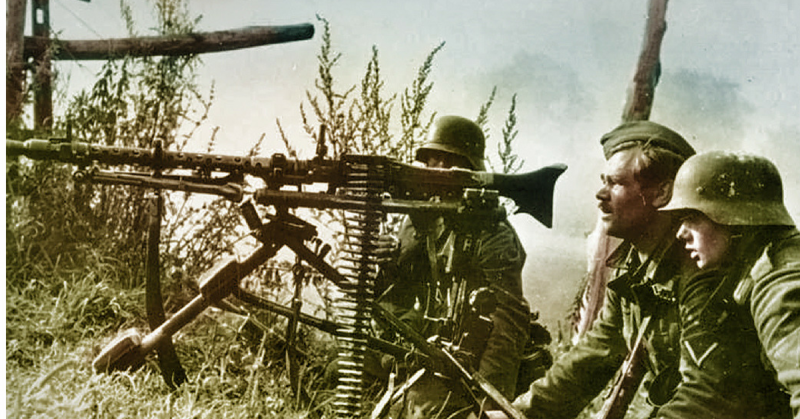The Battle of Rzhev is marked in Soviet history as one of the longest and bloodiest battles of the Great Patriotic War. Rzhev was occupied by German troops on October 24, 1941. Soviet offensive operations to drive the Germans out began on January 8, 1942, and lasted until March 31, 1943, with interruptions of several months. The entire time, the Soviet army fought through shortages of food, weapons, and people.
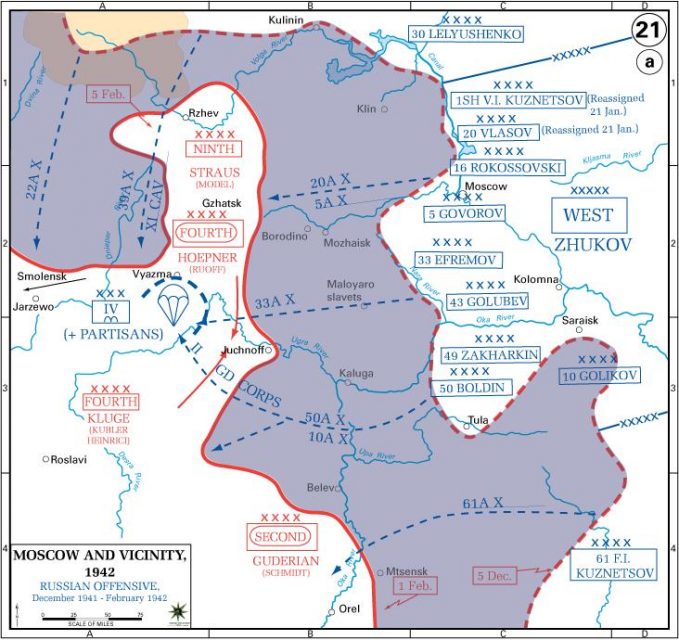
The events of the Battle of Rzhev are viewed as a series of independent strategic, front-line operations of the Red Army, generally divided into 4 major offensive operations with lapses of one and a half to three months between each one. Other, smaller offensive operations were also conducted throughout that timeframe.
In describing the tragic events of the Battle of Rzhev, writer Victor Astafyev said, “We flooded them with rivers of blood and covered them with mountains of corpses.”
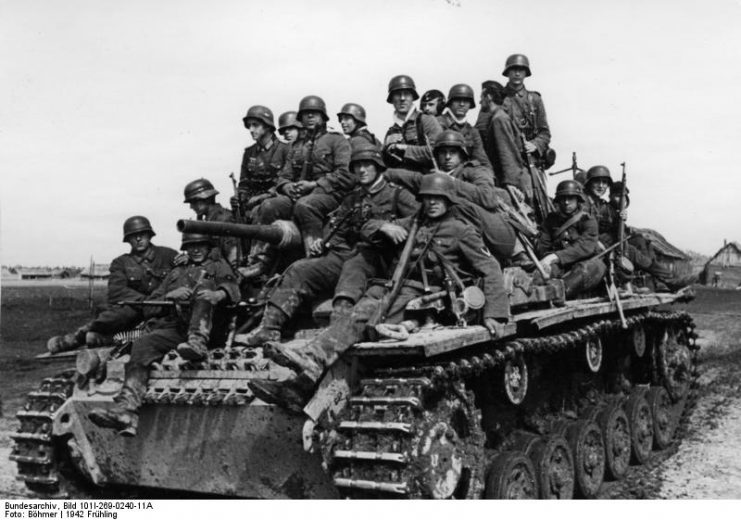
One participant of the battle, Pyotr Mihin, was sure that the haste of the Soviet leadership was at fault for the great losses, saying, “If it were not for Stalin’s haste and impatience, and if instead of six unsecured offensive operations, in each of which only a little bit was missing for victory, one or two crushing operations [were] carried out…there would not [have been] an Rzhev tragedy.”
The Soviets’ main task was the destruction of the German forces occupying the Rzhev-Vyazma ridge, the length of which was located 93-111 miles from Moscow. This site was strategically important as a transport artery and for the development of a further offensive.
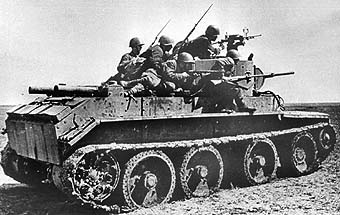
The four major operations of the Red Army in the Rzhev battle were:
- Rzhev-Vyazma strategic offensive on the Kalinin and Western fronts, January 8-April 20, 1942. At the same time, the Bolkhov operation was also conducted by troops from the Bryansk Front and the left wing of the Western front. This first battle of the Rzhev battle was the bloodiest.
- The first Rzhev-Sychev (Gzhat) offensive of troops on the Western and Kalinin fronts, July 31-October 20, 1942. During this operation, a tank battle took place, in which up to 1,500 tanks participated on both sides.
- The second Rzhev-Sychev offensive (“Mars”) of the troops of the Western and Kalinin fronts, November 25-December 20, 1942. At the same time, the Velikiye Luki offensive took place, involving part of forces from the Kalinin front, from November 24, 1942 to January 20, 1943.
- Rzhev-Vyazma offensive of troops on the Western and Kalinin fronts, March 2-31, 1943. At the same time, an offensive by troops on the Bryansk and Central Fronts took place.
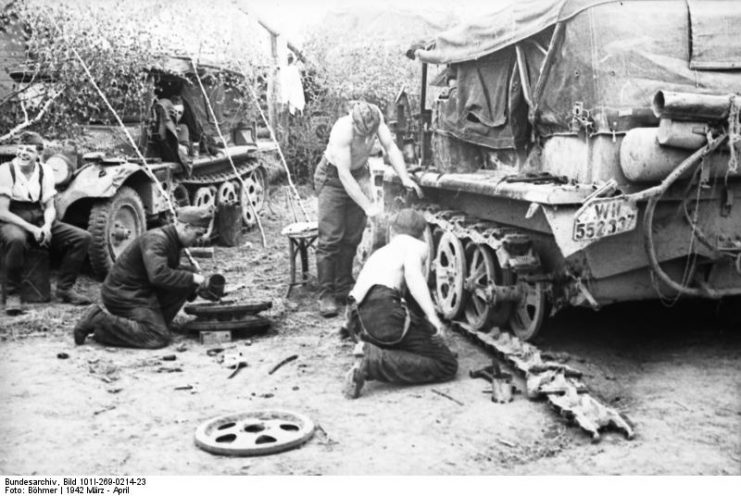
According to some sources, German participation in the Rzhev battle involved about 1,100,000 people. As a part of its Army Group Center was 72 divisions commanded by Field Marshal Hans Günther von Kluge. Support was provided by the 9th Army of Field Marshal General Walter Model, which included several army and tank corps with both motorized and tank divisions.
The offensives of the Red Army were mostly carried out by the troops of the Kalinin and Western fronts with the assistance of the troops of the Bryansk and Northwestern Fronts. Army General Georgy Zhukov and Colonel-General Ivan Konev were the main decision-makers. According to some reports, the total number of Soviet soldiers involved throughout the battle totaled approximately 1,468,845 people.
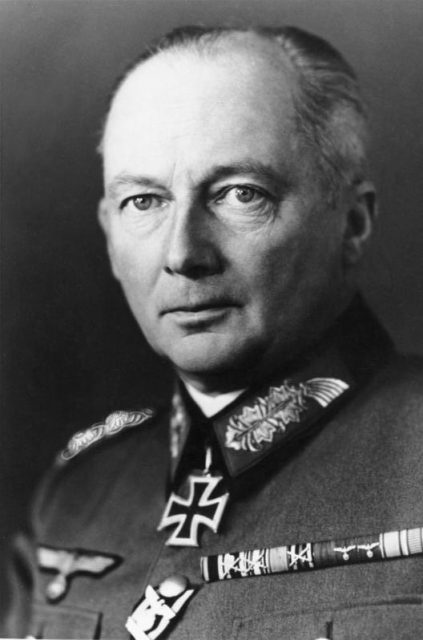
The German troops in the Rzhevskiy territory organized an excellent defensive line. Each settlement was turned into a defensive unit with firing points and trenches. Often, several rows of wire barriers were installed roughly 30-65 feet in front of the defenses.
Soviet troops were in horrible conditions. Pyotr Mikhin wrote in his memoirs,
“We attacked Rzhev through cadaveric fields. In the course of the Rzhev battles, many “valleys of death” and “groves of death” appeared….There is no way to bypass the valley of death: a telephone cable is laid over it – it is interrupted, and it must be quickly connected at all costs.
Crawl along the corpses, and they are piled in three layers, swollen, swarming with worms, emit[ting] a sickening sweetish smell of decomposition of human bodies. This stench hangs motionless over the “valley.” The explosion of the projector drives you under the corpses, the soil shudders, the corpses fall on you, showered with worms, a fountain of pernicious stench hits your face.”
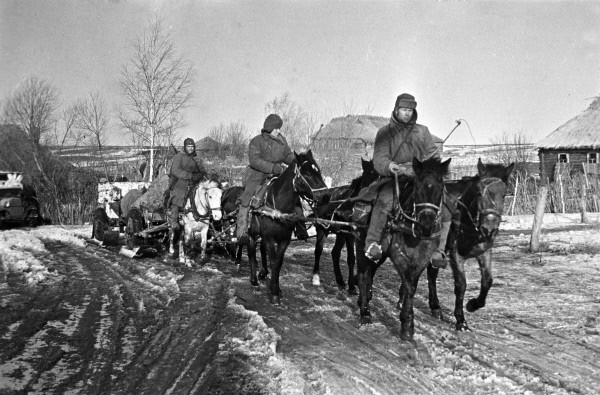
Another participant in the battles near Rzhev, the writer Tsvetkov, recalled that when his tank brigade was sent to the district of the near rear, he received a shock: “The whole terrain was covered with corpses of soldiers, around it stench and stench. Many soldiers vomited and vomited. The smell of smoldering human bodies is unbearable for the body. An eerie picture, having never seen such a thing.”
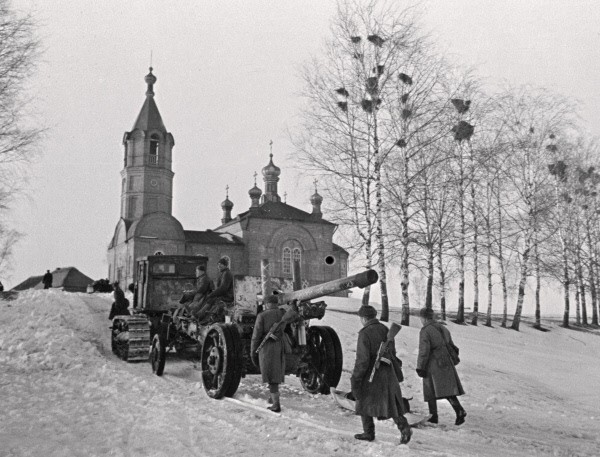
The Germans divided occupied Rzhev into four districts. In the city, there were three companies of gendarmerie, two labor exchanges, an anti-espionage department, and secret police. To get the population to work for them, the Germans used military force. Despite this, discipline in labor was low.
In the spring of 1943, because of the threat of encirclement and the deterioration of the situation on the Soviet-German front, Walter Model withdrew troops from the Rzhevsky ledge in an operation called “Buffalo” (German Bϋffel). During their final offensive, the Soviet troops found an empty city, with a rearguard of the 9th Army simulating the presence of troops.
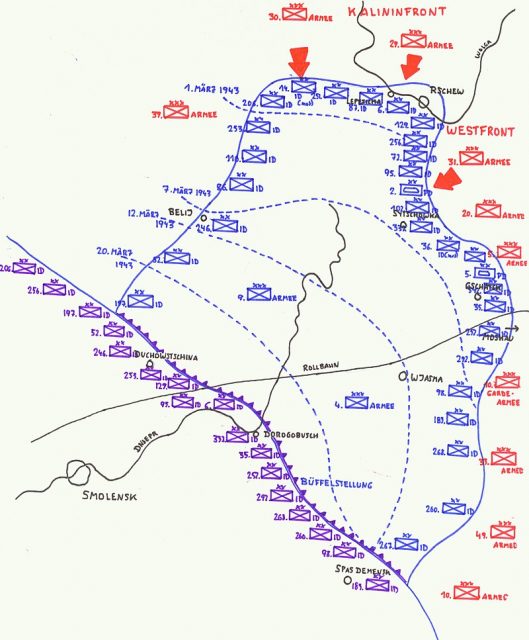
The town of Rzhev was liberated on 3 March 1943 by the 30th Army of the Western Front.
Approximate losses of German troops, broken down, are as follows.
7 January-20 April: 300,000
July 2-25, Operation Seydlitz: 33,000
30 July-30 September: 60,000
October 1-November 20: 158,000
November 25-December 20: 140,000, and Operation Mars: 53,500
March 3-31, Operation Smerch: 30,000
Veliko-Luga operation: 43,000.
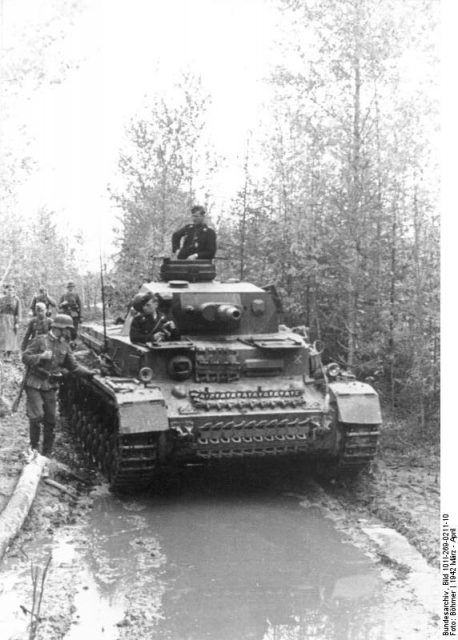
However, the number of deaths in our time is a controversial topic. Historian Krivosheev, in his statistical study “Russia and the USSR in the wars of the twentieth century” cites the figure of Soviet irretrievable losses as 433,037 people.
But according to the historian Aleksei Isaev, the losses along the entire Rzhevskaya arc from January 1942 to March 1943 were 392,554 killed in battle and 768,233 lost to disease. Yet other sources indicate 605,984 deaths.

On August 3-5, 1943, Stalin left the capital and visited the liberated Rzhev. During the period of German occupation and hostilities, Rzhev and the nearest settlements were almost completely destroyed by the aviation and artillery of the Red Army.
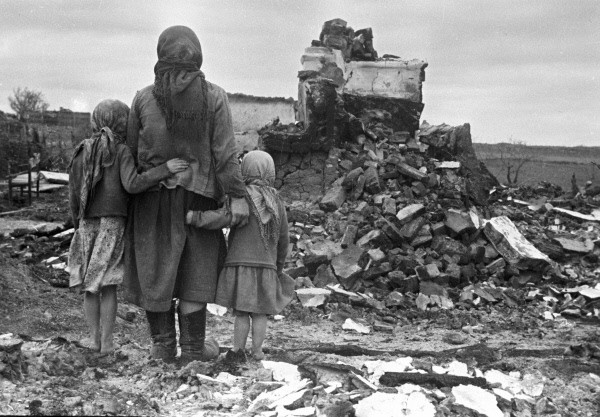
Of the approximately 20,000 people who were caught in occupied Rzhev and the surrounding region, on the day of liberation there were 362 people left.
Famous Russian Poem of the slugfest that took place at Rzhev –
Я убит подо Ржевом, I’m killed near Rzhev
В безымянном болоте, In a nameless swamp
В пятой роте, In the fifth company,
на левом On a left flank
При жестоком налёте. Under heavy air raid.
… …
Летом, в сорок втором, In the summer of ’42
Я зарыт без могилы. I’m buried without a grave.
– Александр Твардовский – Alexander Twardowski
Read another article from us – A Lone T-34 and 2 Tankers that Wouldn’t Give Up
At the time of the occupation, there were 5,443 houses in Rzhev, of which only 297 survived. According to the Soviet Extraordinary State Commission, material damage during the fighting amounted to 1.5 billion rubles.
